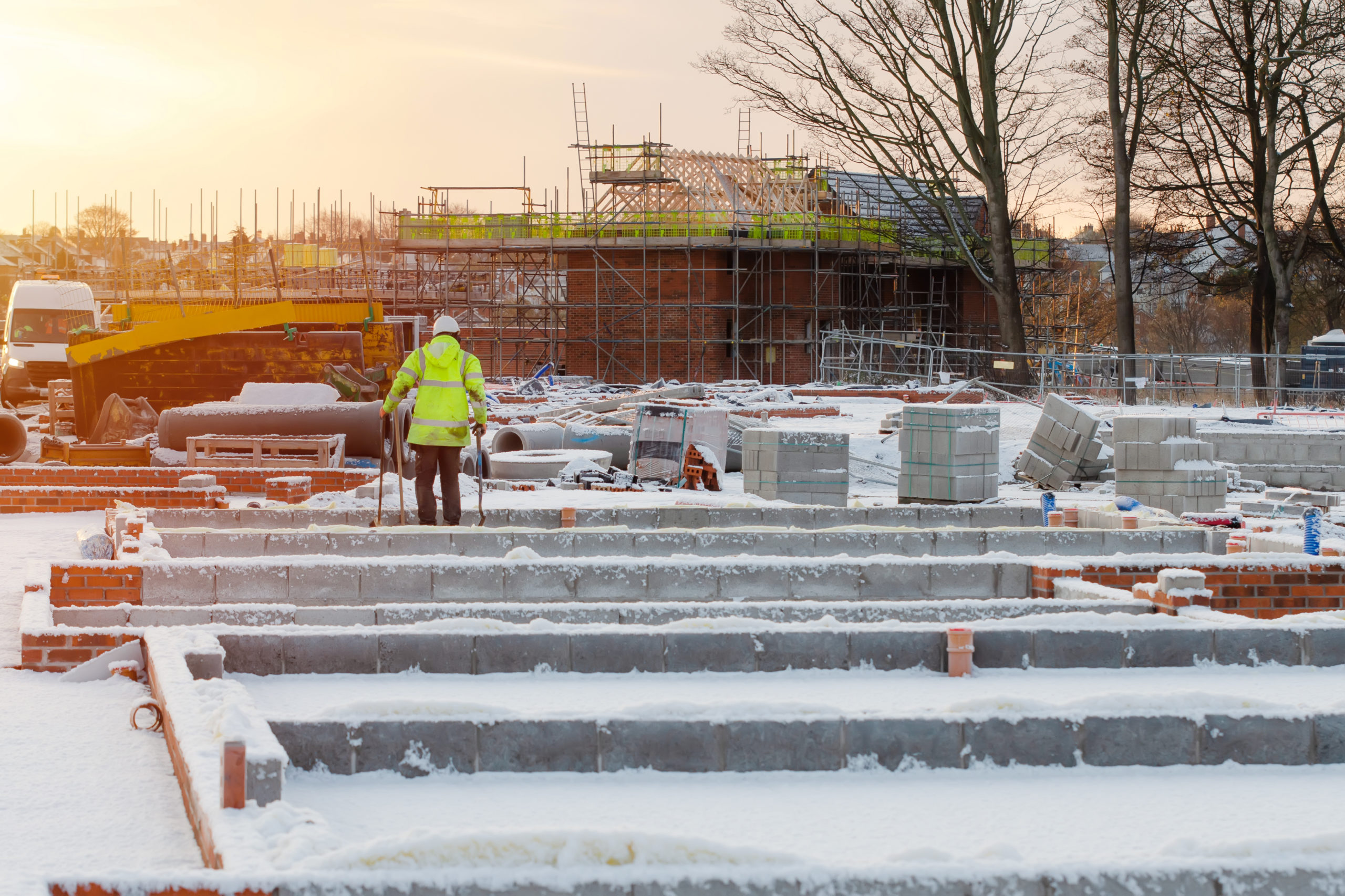When it comes to construction, safety should always be the top priority. Scaffolding is a vital component of any construction site and is used to provide a temporary structure to support workers and their equipment during building projects. However, it can also be a potential safety hazard if used incorrectly. Ensuring the safety of scaffolding is paramount to protecting the lives of workers and maintaining a safe construction site.
Proper Installation and Inspection:
First and foremost, scaffolding must be set up and maintained properly. Each component should be securely connected, ensuring stability and load-bearing capacity. Competent and trained personnel should oversee the construction process, adhering to industry standards and guidelines. Additionally, routine inspections should be conducted to identify any signs of wear, damage, or fatigue, allowing for timely repairs or replacements. Regular inspections of the scaffolding are also necessary to identify and address any potential safety issues before they become a problem. This is especially important during adverse weather conditions such as high winds, which can destabilize scaffolding and cause it to collapse.
Training and Education:
Competent and trained personnel are essential for maintaining scaffolding safety. Workers should receive comprehensive training on assembly, disassembly, and usage protocols. includes being aware of the weight limits of the scaffolding, avoiding overloading it with equipment or materials, and using proper safety equipment such as harnesses and helmets. Workers should also be trained to be aware of their surroundings and to avoid any potential hazards, such as power lines or unstable ground. New hire training, annual refresher courses, and regular safety meetings can help workers meet training and education requirements.
Fall Protection Measures:
Falls from heights are a significant hazard in construction, making fall protection measures vital. Scaffolding should be equipped with guardrails, toeboards, and mid-rails to prevent workers from slipping or falling. Harnesses and lanyards should be worn when working at elevated levels. Additionally, safety nets and catch platforms can provide an additional layer of protection, reducing the risk of injuries.
Clear Communication and Signage:
Effective communication is key to a safe construction environment. Clear signage should indicate weight limits, restricted areas, and potential hazards. Instructions on the proper use and precautions should be prominently displayed. Regular toolbox talks and safety meetings allow for open dialogue, ensuring that everyone is informed and aware of the latest safety protocols.
Ongoing Maintenance and Upkeep:
Scaffolding safety is an ongoing process that requires regular maintenance and upkeep. Any signs of wear, corrosion, or damage should be promptly addressed. Regular cleaning and removal of debris prevent slips and trips. Timely maintenance ensures the structural integrity of the scaffolding, minimizing the risk of accidents.
How Can SRP Help?
Scaffolding safety is not an option but an essential requirement for any construction site. By prioritizing proper installation, regular inspection, comprehensive training, fall protection measures, clear communication, and ongoing maintenance, we can create a safer environment that safeguards the well-being of workers. Investing in scaffolding safety is an investment in the lives and livelihoods of those who contribute to shaping the world around us.
If you have questions, contact us today to speak with a safety consultant near you. Our team provides construction companies of all sizes and trades with site safety audits, and health and safety training. For continuous project safety compliance and support, we have Site Safety and Health Officers available.
Call (866) 222-4972 or send us a message below!
 ">
">

 ">
">
 ">
">